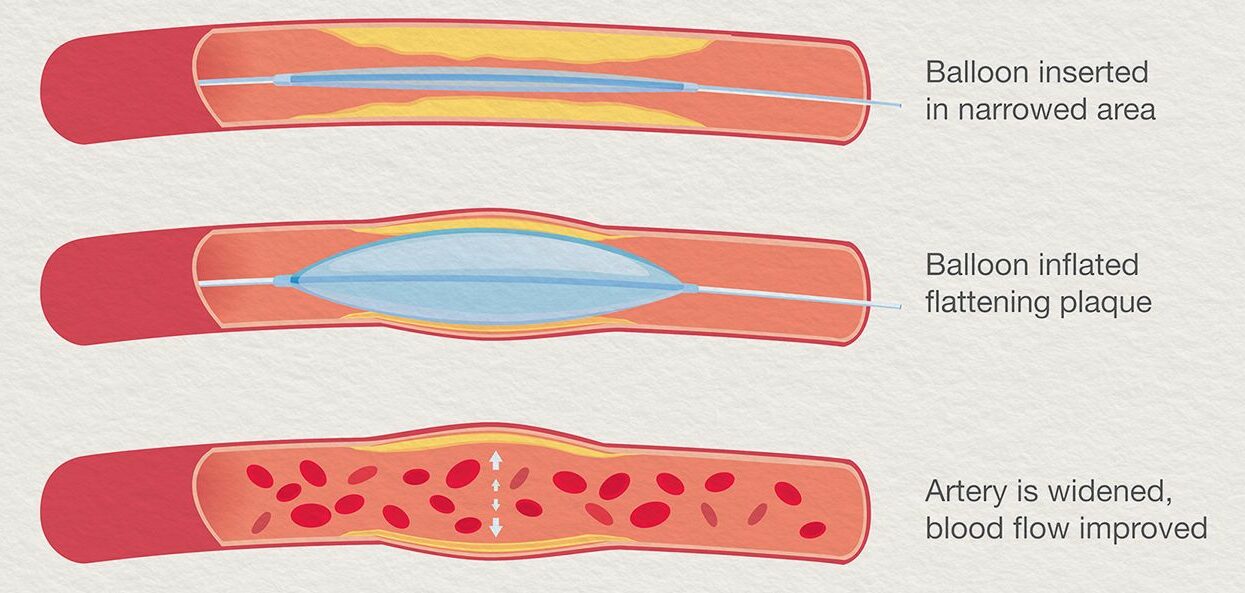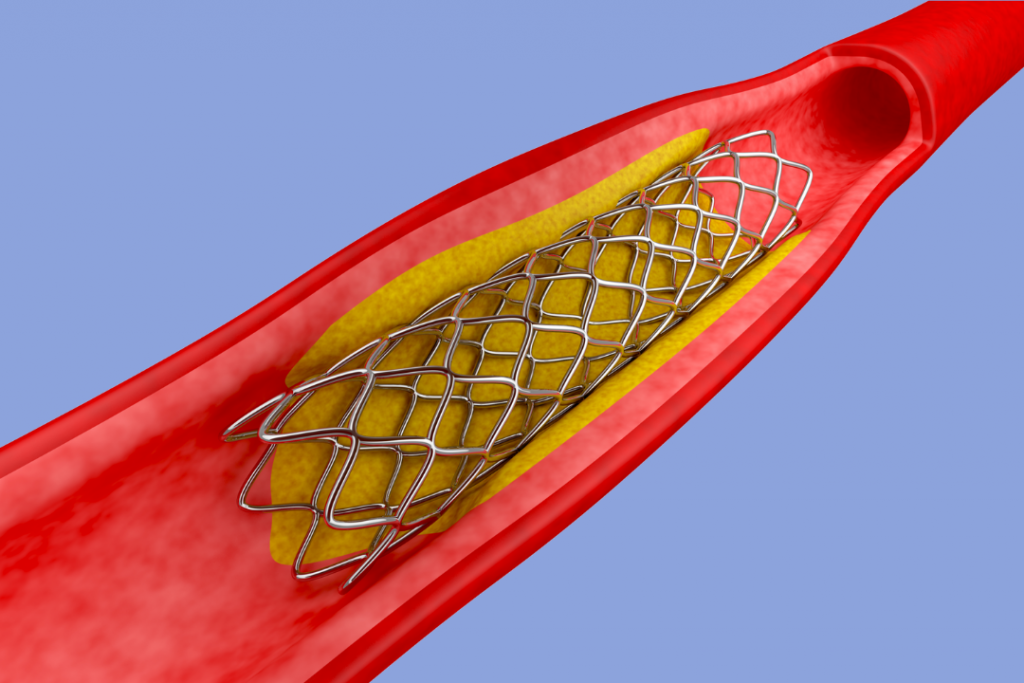Angiogram with Interventions
An angiogram is a minimally invasive procedure that is performed under conscious sedation in an outpatient setting. Contrast (dye) is injected into the arteries allowing blockages to appear under X-Ray imaging. A catheter is inserted from the groin and fed into the arteries of the leg. With the X-Ray images as a guide, the vascular specialist then treats the blood clots in the legs using an array of devices and methods of treatment; such as an angioplasty, stent and/or an atherectomy. Patients are left only with a small incision mark at the catheter insertion sight and are able to go home same-day. No general anesthesia or hospital stay is required.

There’s no cure for peripheral arterial disease (PAD), but lifestyle changes and medicine can help reduce the symptoms. These treatments can also help reduce your risk of developing other types of cardiovascular disease (CVD), such as: coronary heart disease. stroke.
Once the physician has started the angiogram, they will review the X-ray imaging that displays the level of blockages in your arteries in real-time. The physician will choose which intervention type will address the blockage(s) present during your procedure. During your procedure you may receive multiple different interventions depending on the severity of your arterial disease. There are three intervention types: atherectomy, balloon angioplasty and stent. Scroll to read more on each intervention type.
Atherectomy
This is a minimally invasive intervention uses a catheter (a small, thin tube) to gently remove plaque stuck in your arteries. While under local anesthesia, a small incision is made so the catheter can be easily inserted. During the procedure, the catheter gently removes and sucks the plaque out from the small chamber at its tip. After the plaque is collected, optimal blood flow returns to the arteries.

Balloon Angioplasty
This intervention type is performed after the vascular surgeon has inserted a small catheter into the artery during the angiogram. Once in the artery, a small balloon is inflated at the tip of the catheter. The balloon pushes the plaque against the artery wall. The pressure created by the balloon widens the narrowed arteries, allowing for optimal blood flow throughout the leg.

Stenting
Stenting can be done in combination with angioplasty and atherectomy. Years of plaque buildup damages the artery walls. Even after cleaning the artery, its walls are often too weak to stay open. Stents are wiry, mesh tubes that act as an internal support system for damaged arterial walls. They prevent the arteries from closing after your vascular surgeon removes plaque buildup.
